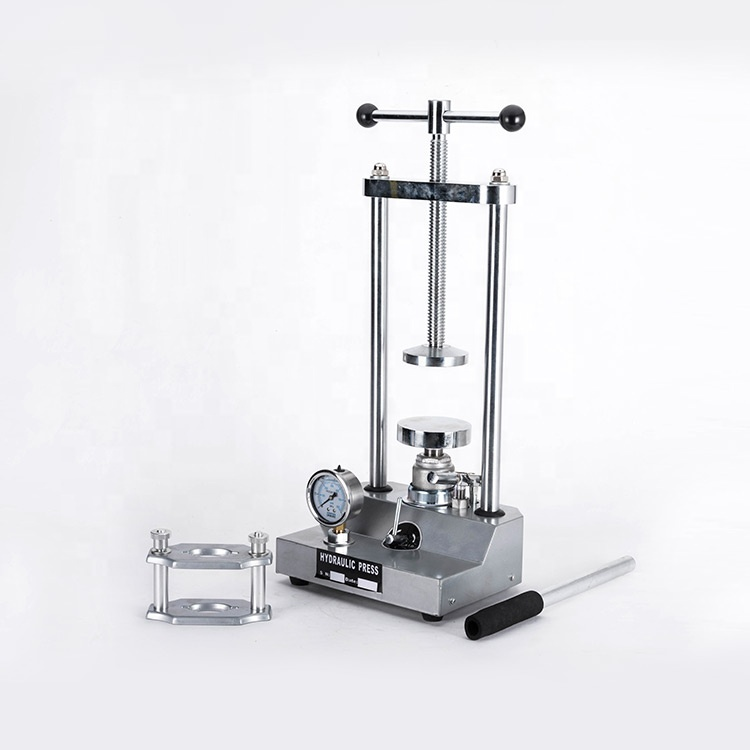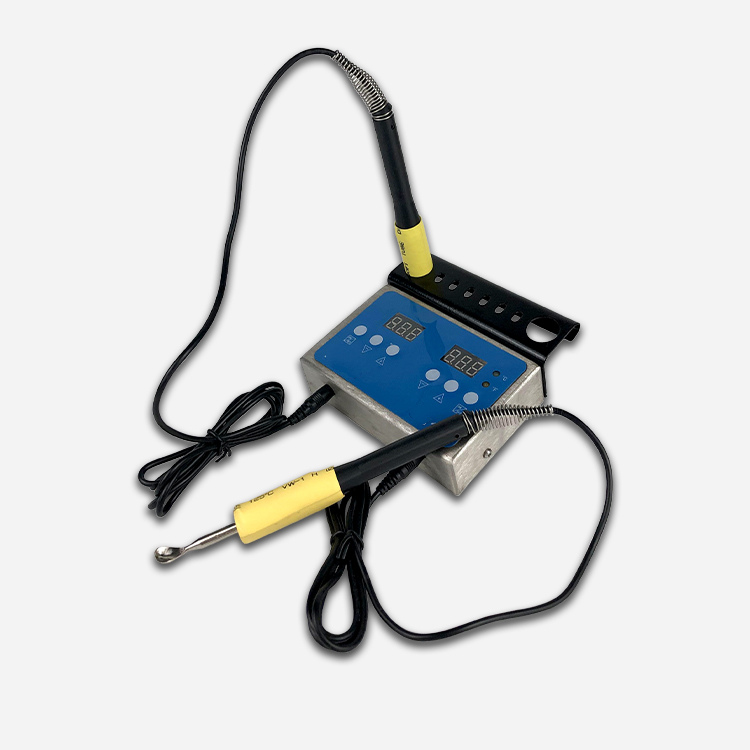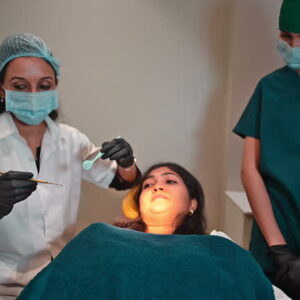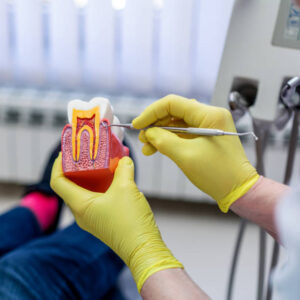How to control the rework of dentures and improve the credibility of dental restorations is a problem that every prosthodontist and denture processing factory cannot ignore and must solve. If denture enterprises can properly solve the problem of rework, they can win the initiative in the market and create good conditions for the rapid development of enterprises.
Denture rework is divided into external rework and internal rework.
Common external rework is:
- Raised or lowered occlusal surface
Analysis: The doctor did not wear a temporary crown for the patient after preparing the teeth, causing the patient’s abutment teeth to rise naturally; the artisan wore the opposing teeth when the occlusion was adjusted; the occlusion was inaccurate, such as free loss, the jaw position was taken with wax, and the wax occlusion was easily deformed; Plaster nodules affecting the bite were not removed by the technician.
- Porcelain bridge cannot be in place
analyze:
The doctor took the mold too early to release the mold, which caused the model to deform; when the mold was repeated, two kinds of plaster were used to fill the mold, because of the inconsistent expansion coefficient, when the mold was filled, the back of the impression did not hang in the air to form a fulcrum, which caused the model to deform;
When the doctor prepares the abutment, it is relatively rough, and the surface of the abutment is not polished and has small fulcrums;
The patient did not wear a temporary crown after the preparation of the tooth, resulting in the physiological displacement of the abutment;
Die cutting deformation;
Die reset is inaccurate;
Improper handling of die undercut;
The denture is not polished properly, the edges are long, and the abutment points are too tight;
The edge of the impression was not clear to the doctor, and the mechanic made a wrong judgment on the edge, which caused the edge of the denture to be too long to be in place.
- The color is incorrect
Analysis: There is an error in the doctor’s colorimetry, resulting in the color difference between the denture and the adjacent teeth; the abutment tooth preparation is insufficient, and the underlying color is transparent; the technician made an error in the operation, read the wrong order, and took the wrong porcelain powder; the color of the porcelain powder is inconsistent with the doctor’s color chart. difference.
- The appearance of the teeth is not good
Analysis: The patient has special needs; the aesthetics of the technician and the doctor are inconsistent; the technician’s skill is too poor, and the denture is not in harmony with the patient’s adjacent teeth.
5, the neck edge is not close
Analysis: The edge of the mold was not clear by the doctor, and the prototyping mechanic made a wrong judgment on the edge; the mechanic’s grinding was inaccurate, and the edge was shortened;
- The black line on the neck edge
Analysis: The mechanic’s operation was not standardized. When the opaque layer was applied, the opaque powder on the edge of the underlying crown did not form a water drop; the speed of the mobile phone during grinding was too fast, causing the porcelain powder on the edge of the denture to crack.
- Broken porcelain
Analysis: There is occlusal interference in the patient’s mouth, and the doctor does not pay attention to the adjustment; the occlusal space is too small, and the porcelain layer is too thin; the denture design is unreasonable, the porcelain layer is too thick, and the gold-porcelain boundary is at the occlusal point; the doctor’s design is unreasonable, and the tooth is too thin. The bridge is too long, and the patient has too much internal stress when chewing.
- Other reasons:
Doctors want to pass on financial risks and losses for a variety of reasons, and often have unreasonable returns or rework.
Common internal rework includes:
- It does not meet the requirements of the doctor
Analysis: The production list is wrong; the technician lacks professional knowledge and cannot understand the doctor’s production requirements; the doctor’s request is ambiguous.
- The bridge is tilted
Analysis: Related to wax-up, embedding, and casting. For the long bridge, the treatment of eliminating the wax stress of the bridge body is not done before embedding; the design of the sprue is unreasonable; the artificial deformation is caused during embedding; the expansion coefficient of the embedding material is not well grasped; the casting timing is not well grasped; the die is shaken.
- The appearance of the teeth is not good
Analysis: The mechanic has no scientific training foundation for tooth shape carving; poor aesthetic awareness; no experience in tooth shape space.
- The black line on the neck edge
Analysis: The mechanic’s operation was not standardized. When the opaque layer was applied, the opaque powder on the edge of the underlying crown did not form a water drop; the speed of the mobile phone during grinding was too fast, causing the porcelain powder on the edge of the denture to crack.
- There are shrinkage holes and sand holes in the casting inner crown
Analysis: The inner crown is too thick and no gold storage ball is provided; the debris is mixed in during embedding; the crucible is not clean; the sprue is not clean during casting.
Producing dentures in the laboratory will need flexible and highly specific equipment, tools, and materials. Denture materials would be zirconia, pmma, flexible acrylic, etc. Types of equipment of dental electric wax carvers, hydraulic dental lab flask, dental grinder alloy high-speed equipment, dental laboratory oven, etc to complete the denture calibration, and aesthetic function.







